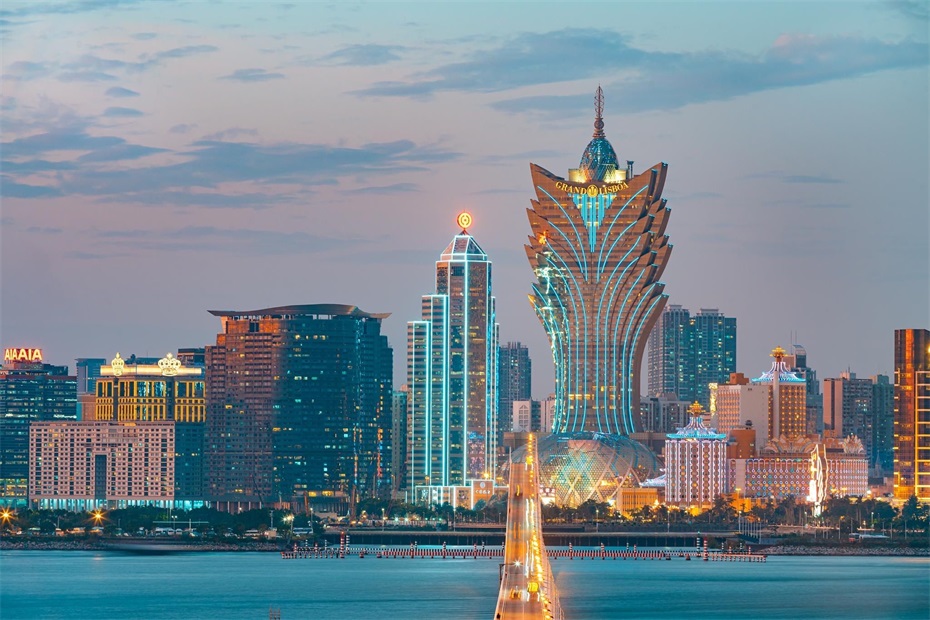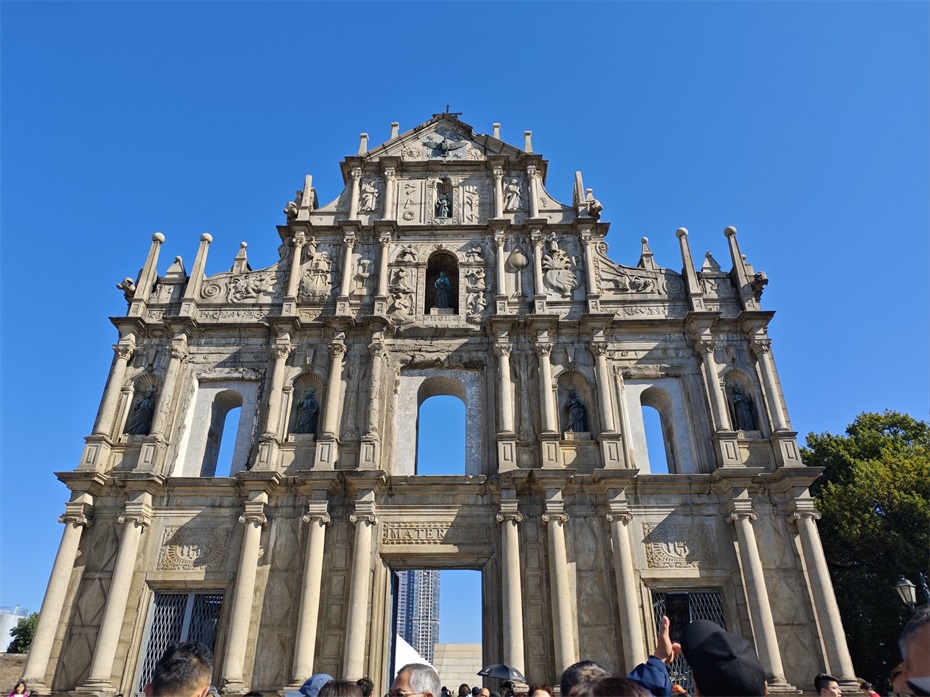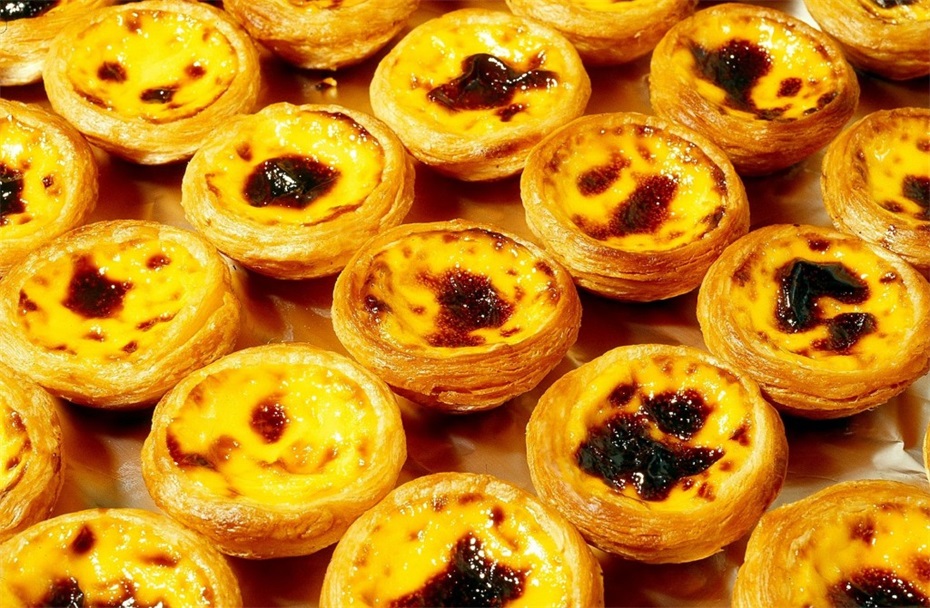Macao
Overview of Macau Special Administrative Region

Located in the south of China and on the west bank of the the Pearl River Estuary, the Macao Special Administrative Region consists of the Macao Peninsula, Taipa Island, Coloane Island and Cotai City, with a total area of about 33 square kilometers (increased by land reclamation in 2023) and a permanent population of about 680000 (2022 data). The regional gross domestic product in 2022 is approximately 177.3 billion Macau dollars, making it a world tourism and leisure center and a service platform for commercial cooperation between China and Portuguese speaking countries.
2¡¢ Geographical features
1. Location characteristics
Connected to Gongbei, Zhuhai City, Guangdong Province in the north
Facing Wan Chai in Zhuhai across the river to the west
East and Hong Kong across the Pearl River
South facing the South China Sea
Located in the core position of the Guangdong Hong Kong Macao Greater Bay Area
2. Terrain and landforms
Macau Peninsula: a connected island with the mainland
Taipa Island: Connected to the peninsula through Friendship Bridge and other means
Coloane Island: Well preserved natural ecology
Cotai City: an entertainment area formed by land reclamation
Highest point: Luhuan Dieshitang Mountain (171 meters above sea level)
3. Climate characteristics
Subtropical monsoon climate
Annual average temperature: 22.3 ¡æ
Annual precipitation: approximately 2031 millimeters
Multiple typhoons in summer and autumn
3¡¢ Historical evolution
1. Early history
Neolithic Age: There were already activities of our ancestors
Qin Dynasty: included in Panyu County, Nanhai Commandery
Ming Dynasty: The Portuguese were granted residency in 1557
Qing Dynasty: In 1887, the Treaty of Amity and Commerce between China and Portugal confirmed that Portugal would "permanently reside and manage Macau"
2. Modern development
December 20, 1999: Return to the motherland
2002: Opening up gambling rights
In 2003, CEPA was signed
In 2015, it was awarded the title of "Creative City Food Capital" by UNESCO
In 2018, the Hong Kong Zhuhai Macao Bridge was opened to traffic
4¡¢ Cultural characteristics
1. Integration of Chinese and Western cultures
Official languages: Chinese, Portuguese
Religion: Coexistence of Buddhism, Catholicism, Christianity, etc
Architecture: A World Heritage Site that blends Chinese and Western styles
Diet: Local Portuguese specialties
2. Cultural heritage
The Historic Center of Macao (World Cultural Heritage)
Intangible cultural heritage: Fishing Drunken Dragon Festival, Macanese cuisine, etc
Museum Culture: Over 20 museums with unique features
5¡¢ Administrative divisions
1. Main areas
Macau Peninsula: Old Town and Commercial Center
Taipa Island: International Airport and University District
Coloane Island: Natural Leisure Area
Cotai City: Comprehensive Resort Concentration Area
2. Seven parishes
Five parishes, including Huadima Parish and Saint Anthony Parish, are located on the peninsula
Jiamo Tang District (Taipa)
St. Francis Parish (Coloane)
6¡¢ Tourist destinations
1. World Heritage Sites

Including memorial archway of Dasanba, Mage Temple, Zhengjia Mansion, etc
2. Entertainment and vacation
The Venetian Macao Resort Hotel
The City of Dreams
Lion MGM
Macau Tower (bungee jumping destination)
3. Cultural Experience
Macao Museum of Art
Grand Prix Museum
Macao Science Center
Taipa Houses-Museum
4. Natural leisure
Black Sand Beach
Luhuan Pedestrian Trail
country park
Wetland ecological zone
7¡¢ Featured cuisine
1. Famous Macau cuisine
Portuguese Chicken
African Chicken
Ma Jiexiu (Portuguese marinated cod)
Water Crab Congee
2. Authentic snacks

Pork chop bun
Wood bran pudding
almond cake
Money Cake
3. Dining Features
Local Portuguese Restaurant
Street snack stalls
Michelin Star restaurant
Traditional Tea Restaurant
8¡¢ Economic development
1. Pillar industries
Tourism and Gaming Industry: One of the World's Gambling Cities
Exhibition industry: International conference venue
Financial industry: RMB clearing center
Traditional Chinese Medicine Industry: State Key Laboratory
2. Emerging industries
Scientific and technological innovation: four State Key Laboratory
Cultural Creativity: Design, Film and Television Industry Development
Featured Finance: China Portugal Financial Service Platform
9¡¢ Transportation Network
1. Urban transportation
Bus: Main public transportation
Taxi: distinguish between black and yellow
Light Rail: Taipa Line has been opened
Walking: Historical urban areas are suitable for walking tours
2. External transportation

Hong Kong-Zhuhai-Macao Bridge
Cross border bus
Sea passenger transportation (to and from Hong Kong and Shenzhen)
10¡¢ Social status quo
1. Education system
15 years of free education
Multiple higher education institutions
International schools offer diverse choices
2. Medical system
Public hospitals provide basic medical care
Complete private medical facilities
Life expectancy ranks among the top in the world
3. Social characteristics
The highest population density in the world
Improving the social welfare system
Harmonious coexistence of Chinese and Western cultures
11¡¢ Relations with Mainland China
1. Economic integration
CEPA has been implemented for nearly 20 years
Construction of Hengqin Guangdong Macao Deep Cooperation Zone
Participate in the development of the Guangdong Hong Kong Macao Greater Bay Area
2. Personnel exchanges
Mainland residents go on individual trips to Australia
Macau residents heading north for consumption and daily life
Professional talent exchange and cooperation
3. Future development
Construction of World Tourism and Leisure Center
China Portuguese speaking Countries Business Cooperation Service Platform
A base for exchange and cooperation with Chinese culture as the mainstream and diverse cultures coexisting
Since the return of Macau, the principles of "one country, two systems", "Australians governing Macau", and a high degree of autonomy have been fully implemented. Currently, Macau is seizing the opportunity of national development, actively promoting moderate and diversified economic development, and better integrating into the overall development of the country. The central government fully supports the economic development and improvement of people's livelihoods in Macau, ensuring the stable and far-reaching implementation of the "One Country, Two Systems" policy. Looking ahead to the future, Macao will undoubtedly achieve better development and maintain long-term prosperity and stability in serving the national strategy.
simliy
